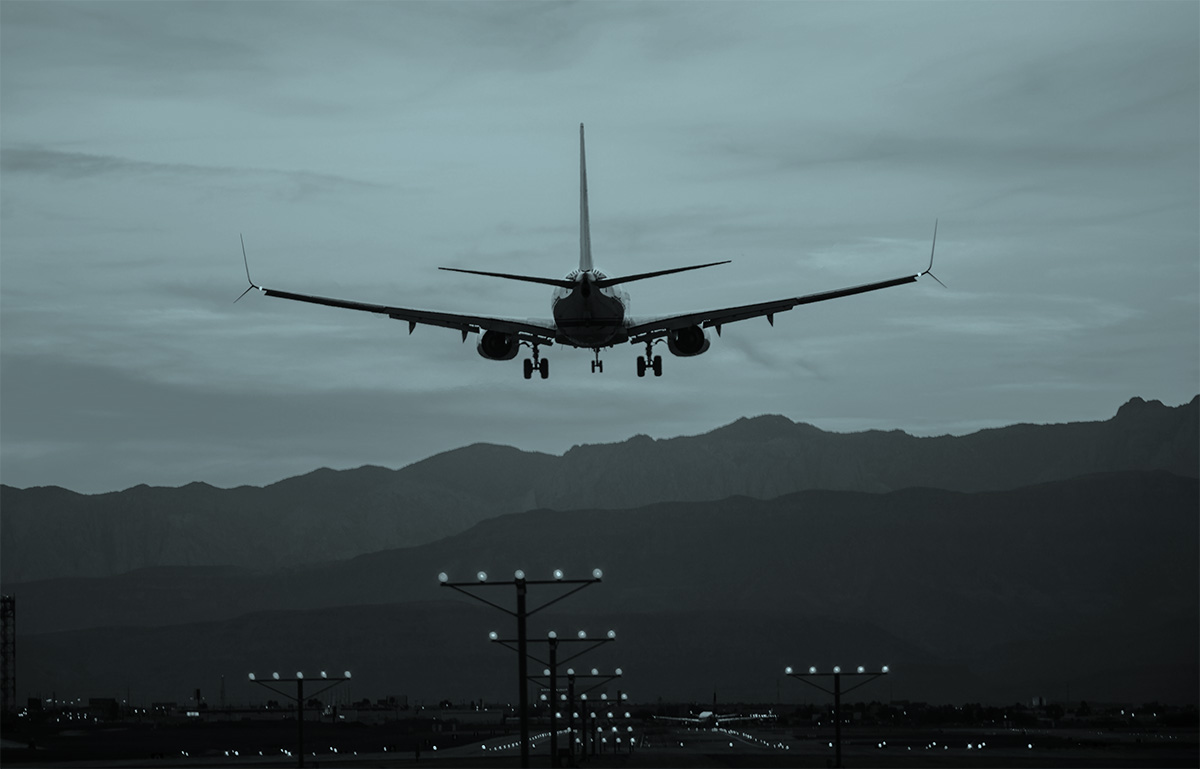Andy Blackwell, ISARR’s Senior Risk and Security Advisor, reviews the disruptive events affecting civil aviation security over the past 6 months, identifies key trends, risks and vulnerabilities, and provides guidance on simple steps that organisations can take to enhance their security resilience.
The aviation sector is no stranger to crises, from lethal terrorist attacks against airports and aircraft in flight, to major safety issues, accidents and natural events such as volcanic ash clouds. The pandemic is the latest crisis to impact the sector and by far the most disruptive and challenging it has ever faced. COVID-19 is not only a deadly virus but a potent distraction risk.
As this paper will reveal, conventional security threats remain and just as new viruses emerge and mutate, so do threats against the sector, with malicious actors demonstrating innovation and seeking to exploit weaknesses in aviation defences that could provide them with viable attack opportunities. This dangerous mix of risks requires careful management and constant review to maintain the integrity of aviation security.
Read the complete article here







